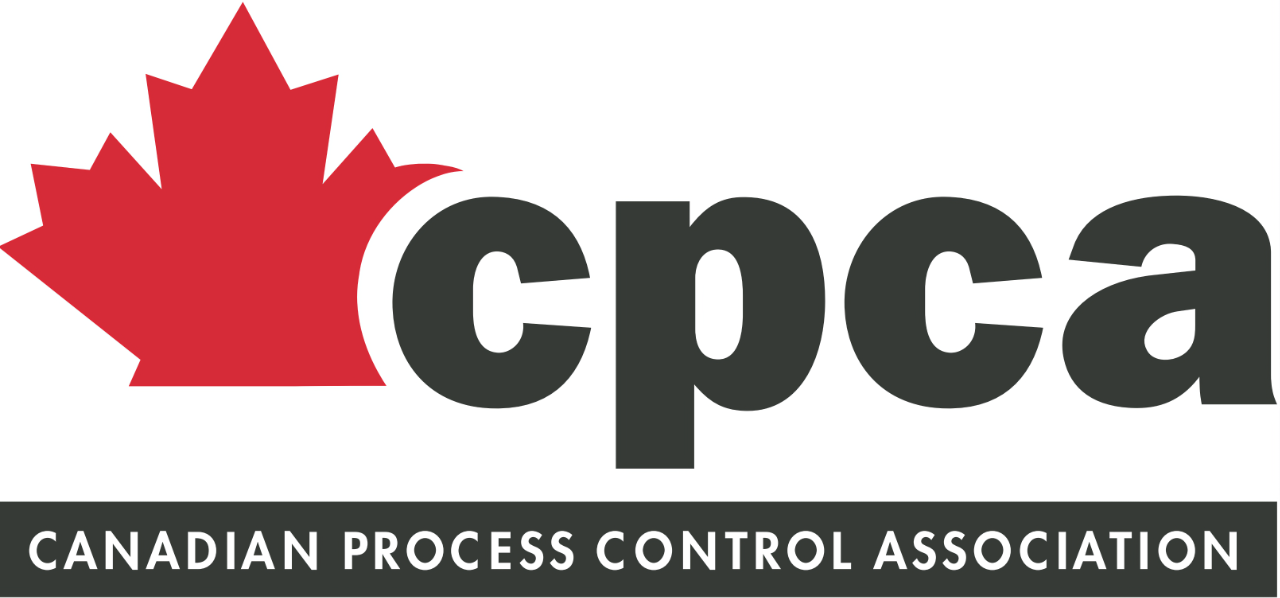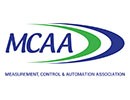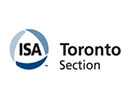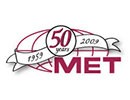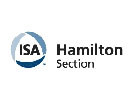CRN: What’s in a Number?

Author: Cameron Sterling
Published: December 2016
Canadian Registration Numbers (CRNs) identify unique pressure equipment designs for use in Canada. Each design concept has a unique number. One Canadian Registration Number can represent millions of individual items, each with a different serial number, that all conform to the CRN design.
Canadian provincial regulatory authorities have cooperated to help ensure CRNs are tracked nationwide, and identifiable across provincial boundaries. CRNs are stamped on equipment or, in the case of very small fittings, trackable with other identification markings.
Vessel and boiler CRNs never start with a zero, “0”. Fitting CRNs always do.
All CRNs have a decimal point that follows the prefix assigned by the regulatory authority.
For fittings, the letter following the “0” in the prefix corresponds to CSA B51 Table 1, and is used by regulatory authorities at their discretion to categorize the fitting according to type:
CSA B51, the Canadian “Boiler, Pressure Vessel, and Pressure Piping Code”, describes the use of CRNs in detail. Part 1, Clause 4 specifies that pressure fittings, pressure vessels, and boilers are assigned CRNs with the acceptance of regulatory authorities in provinces where the equipment is to be used.
- pipe fittings
- flanges
- line valves
- flexible connections
- strainers, filters, separators, traps
- instrumentation
- over pressure protection devices
- items not in categories A to G
Subsequent characters in the prefix that precede the decimal, are sequentially assigned by the regulatory authority. For some fitting categories, five digits follow the letter noted above that precede the decimal. For vessels, an alphanumeric (unless the registration is very old) and four digital characters precede the decimal.
Following the decimal, the geographical region in which the design was first registered is identified with a character listed in Clause 4.3.2.:
1 British Columbia
2 Alberta
3 Saskatchewan
4 Manitoba
5 Ontario
6 Quebec
7 New Brunswick
8 Nova Scotia
9 Prince Edward Island
0 Newfoundland
T Northwest Territories
Y Yukon
N Nunavut
The prefix, decimal, and character right after the decimal identifies a unique design. To indicate all of Canada, the letter “C” is subsequently used. To indicate registration in all Canadian regions which require registration, the “CL” is used.
Subsequent digits identify other regions in which the design has been registered, in no particular order.
Here are some examples:
- B1234.465 – pressure vessel design registered first in Manitoba
- 0B1234.265 – flange design registered first in Alberta
- 0B1234.165 – flange design different from that identified in item 2, and registered first in British Columbia
CPCA is now part of a coalition working toward national harmonization, contact cpca@cpca-assoc.com or call 519-833-7417 to get involved!
